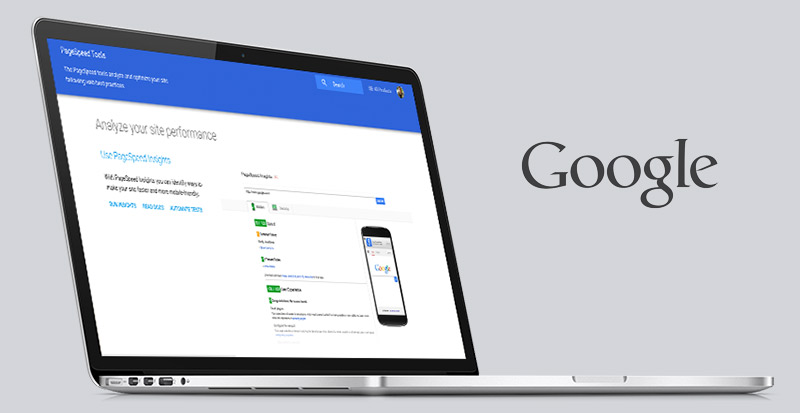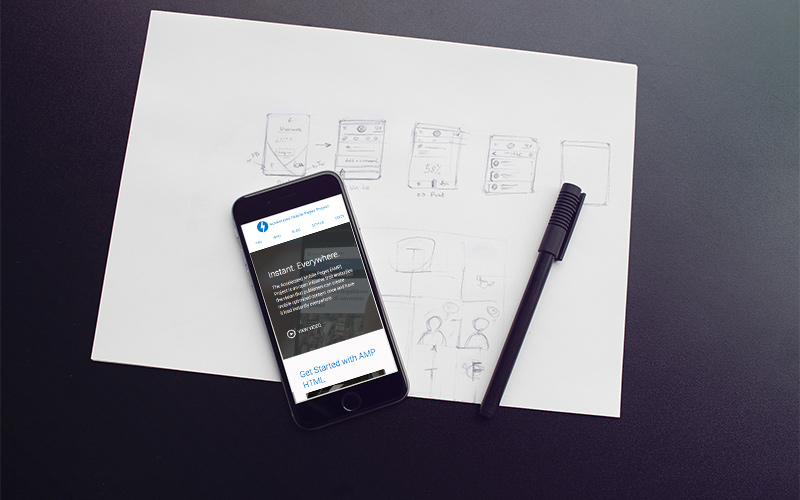As mobile website strategy plays a crucial role in web design and development we find minimal design can not only be visually pleasing, but important to ensure a fast loading experience for site visitors.
Beautiful design is nothing if visitors don’t stick around long enough to engage. It’s 2016, and your site visitors want to have a blazingly fast site experience. If you don’t deliver, they’ll Google their way elsewhere.
By the numbers
- 47% of users want a site to load in two seconds or less (according to an Akamai study)
- E-commerce shoppers want a site to load in about two seconds. Google aims for less than half a second (according to Google Webmasters)
- 53% of users will abandon a mobile site if it takes longer than three seconds to load.
The consensus is seems to be faster is better since it greatly improves the user experience. Here are some ideas on making your site faster!
Minimal Design

It stands to reason that, when you create a bare-bones design, your site simply has fewer elements to load. When there are fewer elements to load, you can meaningfully increase the speed of your site. This is especially helpful with mobile website layouts.
It all depends on the philosophy of how the approach site is designed. A lot of trouble can be avoided from the very beginning by designing smartly to avoid harmful practices that affect the site’s loading speed.
An example of a minimalistic website would be:
- Simple, concise main navigation items
- More white or negative space
- Short web forms
- Smaller images
- Fewer external assets being loaded (ie. Fonts, Scripts, etc).
- Minify assets (compress and combine all Javascript and CSS files)
Help from Google

Google wants your site to be faster. That would help its overall mission of making the Internet faster. So why not use the amazing tools that Google offers?
The best place to start is Google Developer’s own Make the Web Faster page. Here, you’ll get a stellar assortment of tools and info to speed up your site design.
Another excellent tool Google offers is PageSpeed Insights, where you get detailed insights into what’s causing your current site to run slowly. The best part is that you can get detailed reports and recommendations for both mobile and desktop versions of your site. This gives you a great starting point to make refinements to your site!
Optimize Your Servers
An important aspect of making your site super-fast is how you handle your servers. In particular, tackling your server response time which is key. Your server response time is how long it takes for your server to respond to a browser request.
A few strategies to consider for your server to make sure that your server response time is super-fast:
- Use a content-delivery network or CDN
- Use a caching solution
- Improve your web server software configuration
These of course are just a few of the steps we normally take with all website projects. Questions, comments, suggestions? Feel free to reach out or comment below!


